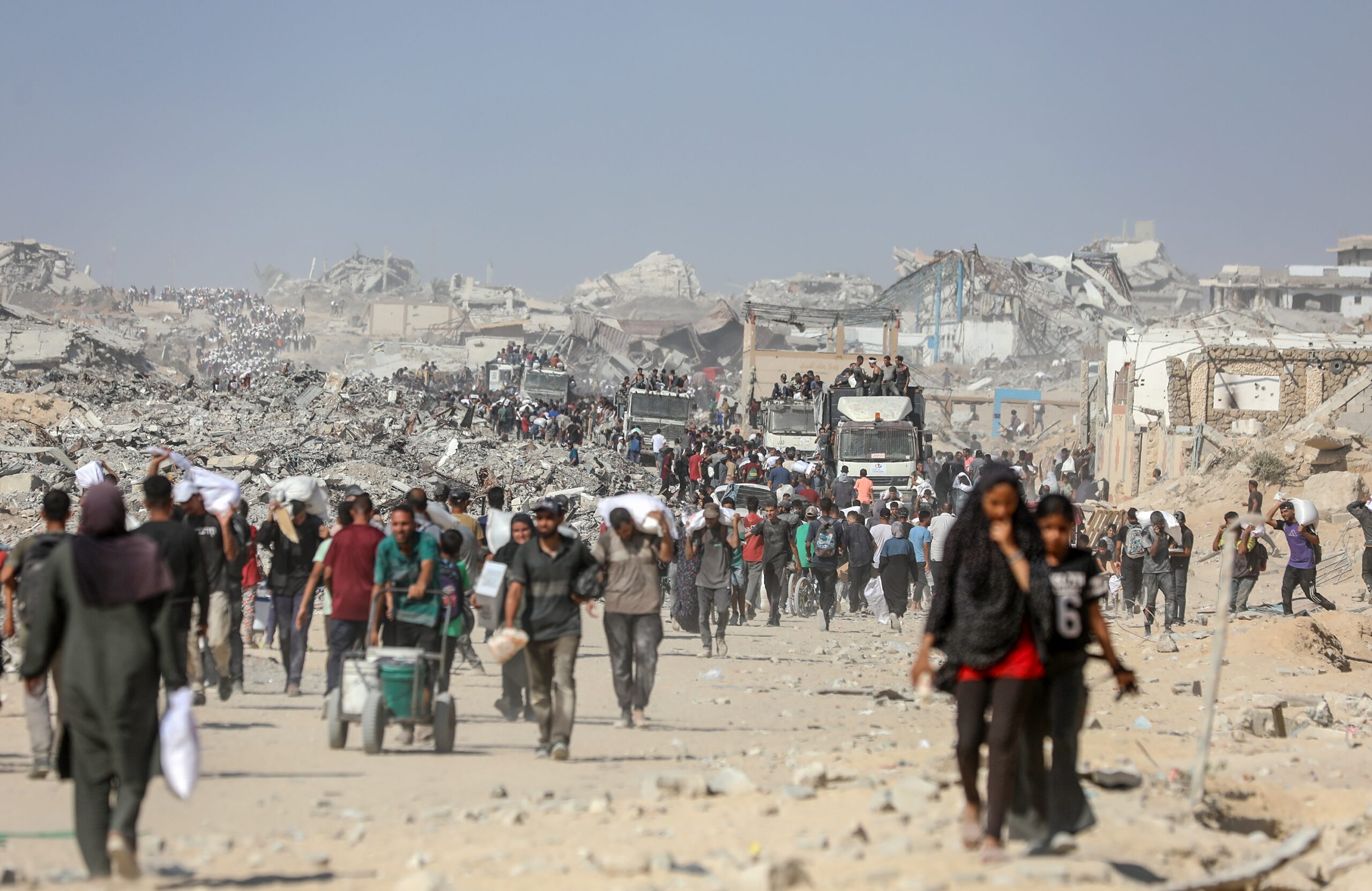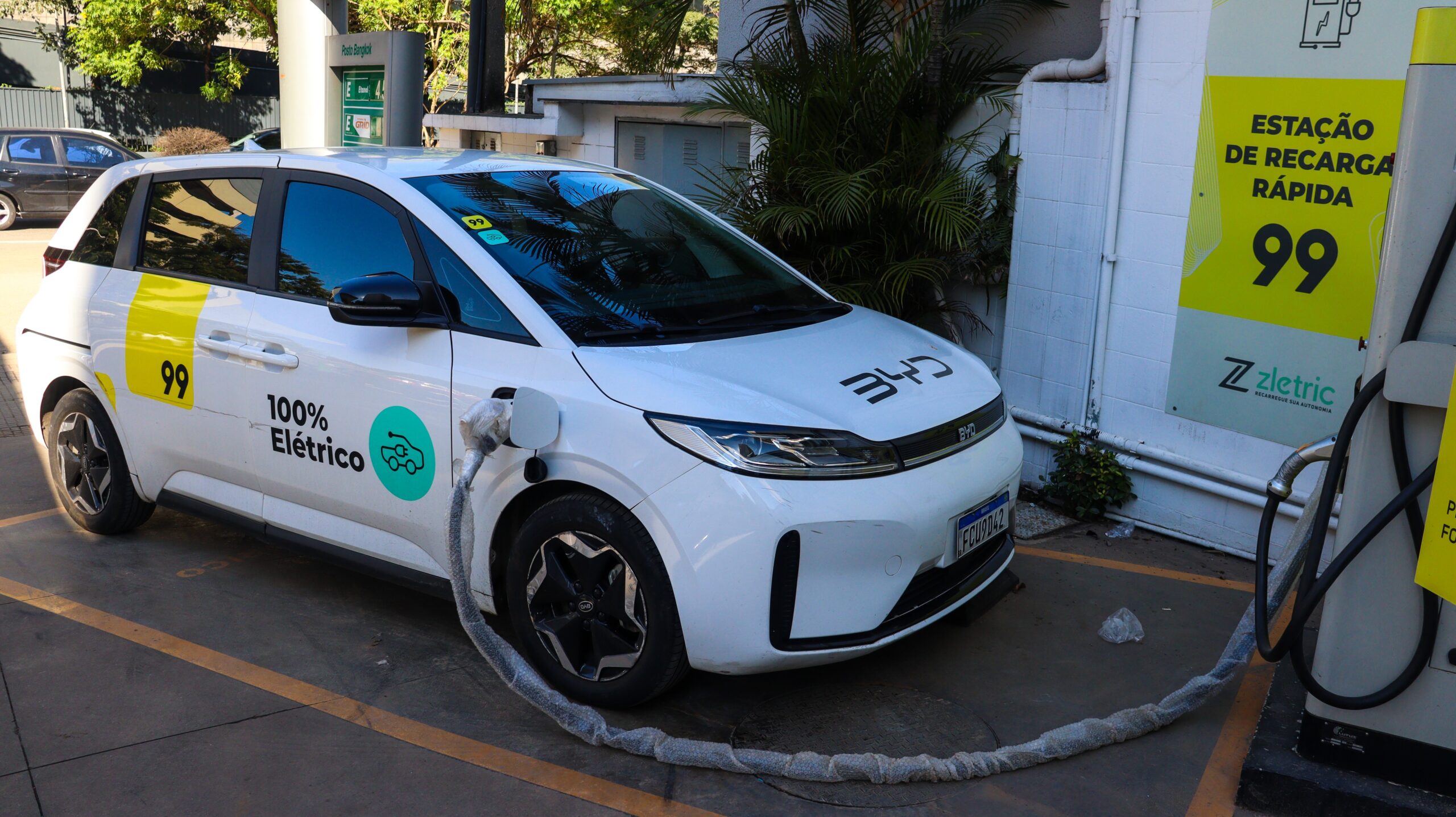After a catastrophic economic collapse marked by sovereign default, high inflation, and political upheaval, Sri Lanka embarked on a difficult IMF-led recovery path. Against expectations, the country has shown surprising resilience—but the hardest reforms still lie ahead.
In late 2019, Sri Lanka descended into the worst economic crisis in its history. This was the result of (among other things) decades of rising public debt fuelled by a bloated civil service, public funding of loss-making state-owned enterprises (SOEs), state subsidies, and poorly targeted social welfare programs.
Further, the Central Bank had long supported a highly overvalued exchange rate, indulged in massive money printing, and issued millions of dollars’ worth of International Sovereign Bonds (ISB’s) to fund the twin deficits.
Meanwhile, the Balance of Payments reached crisis levels with reserves touching a historic low of around US$1.9 Billion in January 2022, while foreign debt obligations for 2022 alone were estimated to be about $7 billion, leaving almost nothing to pay for essential imports.
The sudden collapse was precipitated by the actions of the new government of President Gotabaya Rajapakse, including the overnight banning of chemical fertiliser imports which reduced rice production by as much as half. Other actions included huge populist cuts in income and consumption taxes, the refusal to engage with the IMF, and a prolonged defence of the currency—even as things were looking ever more precarious.
The tightly managed exchange rate was finally adjusted in 2022, with the Sri Lankan Rupee depreciating from 203 against the USD in January to 363 by December. Massive inflation and shortages of food, fuel and medicine followed, with the resulting public anger and mass protests forcing the resignation of Prime Minister (and former President) Mahinda Rajapakse in May 2022, followed by the resignation of his brother, President Gotabaya Rajapakse, in July.
The surprise appointment of opposition MP Ranil Wickremesinghe as Prime Minister in May, and later as President until the next mandated election in September 2024, was an unusual step, but his actions seem to have played a part in the early steps taken to alleviate the crisis.
Given the dismal state of the economy and gloomy outlook at the end of 2022, the speed and extent of the recovery as of May 2025 seems remarkable and beyond most expectations.
Post crisis events and current status
A relief package of about $4 Billion was provided by India via a combination of currency swaps, deferred payments for trade liabilities, and crucially, lines of credit for essential imports.
In 2022, the Sri Lankan government began negotiations with the IMF for a $2.9 billion Extended Fund Facility (EFF). The agreement included strict conditions, such as successful negotiations with international bilateral creditors, comprehensive tax reforms, utility pricing based on cost recovery, increased taxes, a higher government revenue-to-GDP ratio, and restructuring terms with holders of the country’s $12.5 billion in International Sovereign Bonds.
Sri Lanka arrived at a deal with its international bondholders in mid-2024 via a restructuring through plain vanilla, macro linked, and governance linked bonds through maturity extensions, interest rate reductions, and a grace period till 2028.
The incoming Anura Kumara Dissanayake government promised to renegotiate key elements of the EFF, particularly with regards to taxation and subsidies. However, no substantial changes that may have derailed the program were made.
Sri Lanka has reached the halfway mark in its four-year IMF program with four tranches of the EFF already released based on satisfactory achievement of the benchmarks. This was commended by the IMF First Deputy Managing Director, Dr Gita Gopinath, who visited Sri Lanka last month.
Sri Lanka has so far fulfilled all the major requirements of the facility, such as achieving a primary budget surplus and generating government revenue, overperforming on these two areas. It has also done well on the macroeconomic front with inflation going into negative territory and interest rates coming down to single digits.
On the negative side, however, Sri Lanka has struggled to maintain the fiscal deficit for 2025 at the IMF benchmark of 5.2 percent, with the recent budget projecting 6.7 percent.
The IMF also recommended trade liberalisation with the agreement stating the government will rationalise para tariffs—however slow progress has been made on this front. In spite of these few missed targets, the Staff Level Agreement on the fourth tranche of the EFF (approximately $350 million) was approved by the IMF and funds are to be released.
Policy recommendations and future prospects
Fiscal Balance—Sri Lanka has run a fiscal deficit for all but one year of its 77-year post-independence history and has failed to achieve a primary budget surplus for over 70 years of that period. To guard against a future economic collapse, strict enforcement of fiscal discipline will be necessary. Sri Lanka has just three years to prepare itself for the repayments due starting in 2028, with around $3-$4 billion needed annually from 2028 to repay due external debt.
Given that the government is expected to run a fiscal deficit of 6.7 percent for 2025, Sri Lanka needs not only fiscal discipline but also to increase its tax revenue. At the peak of its economic crisis, Sri Lanka had one of the lowest government revenues to GDP ratios in the world at less than eight percent. Even the IMF’s 15 percent government revenue target for 2025 is still considered low—for example, Nepal, which has a much lower GDP per capita than Sri Lanka, has a higher Government revenue to GDP ratio.
Trade liberalisation—Sri Lanka still has a high degree of protectionism even though it was the first country in South Asia to open its economy in 1977. This was, however, only a partial opening and even some of the liberalisation measures have been rolled back over the years. Customs duties remain high, and various para-tariffs and non-tariff barriers remain in place. In addition to this, Sri Lanka ranks lower on trade facilitation than even some sub-Saharan African countries. It is unfortunate that a lack of trade liberalisation, trade facilitation, and meaningful trade agreements have kept the country out of key global value chains.
Regulatory reforms—Sri Lanka has consistently ranked poorly in ease of doing business indices and in enforcing business contracts, with commercial court cases in Colombo taking on average four years to resolve. A large bureaucracy and heavy regulation make business approvals complex and slow, and create opportunities for corruption. Therefore, there is a clear need to deregulate, digitise, and reduce excessive approval and licensing requirements.
SOE Reforms—Sri Lanka needs to work seriously on State Owned Enterprise reforms. For example, Sri Lankan Airlines alone has accumulated debt totalling LKR 340 billion (US$1.1 Billion) and the Ceylon Petroleum Corporation has debt of LKR 788 billion (US$2.6 billion). Reforms are vital as a substantial portion of SOE debt has been incurred for salaries and subsidising losses rather than for productive investments in these enterprises. The government must also overcome its anti-privatisation bias and re-launch the previous privatisation program.
Summary and conclusions:
Sri Lanka suffered an unprecedented economic collapse starting in late 2019 that resulted in shortages of essentials, the resignation of a government, a sovereign default, and the entry into an EFF with the IMF in 2023.
The country has made a remarkable and swift recovery with inflation down to single or negative digits, GDP growth of five percent in 2024 (though expected to moderate in 2025) and a strong uptick in export growth and foreign reserves.
Central to this has been tax reform, foreign worker remittances, a rebound in tourism, and the country’s success in negotiating its bilateral debt as well as re-structuring its ISB’s under the terms of the EFF. This restructuring included innovative structures such as performance-linked bonds and, in a global first, Governance Linked Bonds designed to reduce the interest on its debt by meeting key performance indicators relating to better governance.
Barring external shocks such as the “Trump Tariffs” on Sri Lanka’s exports to the US, the future will depend on staying the course and achieving the KPI’s set by the IMF, including those on public sector finance, tax reform, and governance. To once again quote the IMF’s Dr Gopinath:
“None of this will be easy. In addition to the domestic challenges, the global environment is difficult with tariffs, geopolitical conflict and economic fragmentation posing major risks for small open economies like Sri Lanka’s. This is why there is no room for policy errors…..this time must be different.”
Prakash Mirchandani is a Council Member of the Australian Institute of International Affairs (Victoria) and serves on the Advisory Board of the Advocata Institute, an independent Public Policy Think Tank in Sri Lanka. He is also the founder of Achilles Consulting; a trade and marketing advisory focused on emerging South Asian economies.
Talal Rafi is an Economist and Director at Ernst & Young Sri Lanka. He is an expert member of the World Economic Forum and a regular columnist for the International Monetary Fund. He was a consultant to the Asian Development Bank. He is currently pursuing his PhD in Economics at the University of Colombo.
This article is published under a Creative Commons License and may be republished with attribution.





